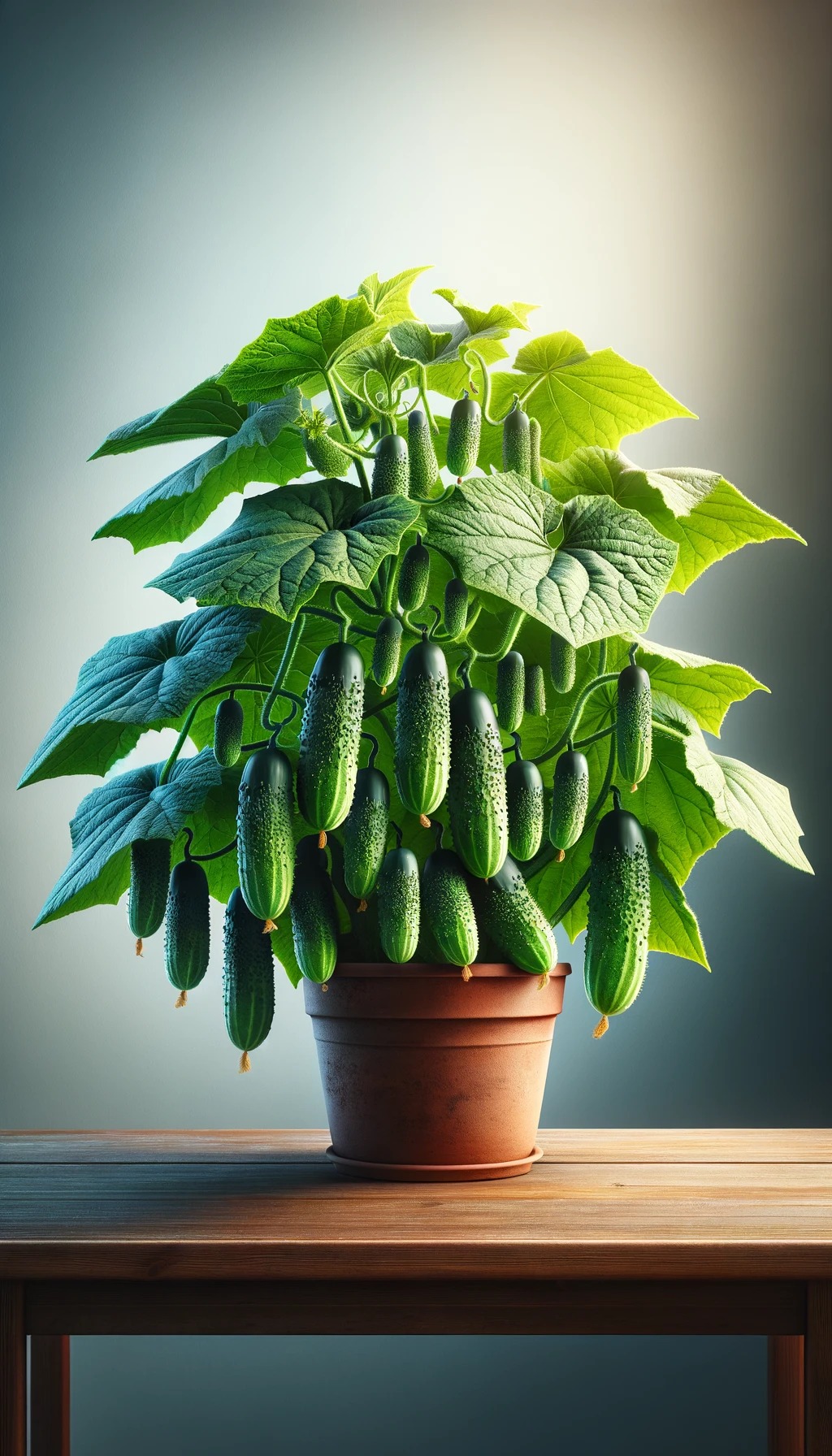
Cultivating cucumbers may appear straightforward, but this versatile plant demands meticulous care. From selecting the right cucumber variety to proper watering and placement, there are numerous factors to consider. If you’re not a seasoned professional, you may be unaware of these essential details. That’s why I consulted Paul, the local market gardener in my village, who generously shared his expert advice on when and how to plant cucumbers. Following his guidance, I’ve consistently achieved thriving cucumber plants. Here are nine valuable market gardener secrets to ensure your cucumber cultivation is a resounding success.
- Choosing the Perfect Cucumber Variety Did you know that there are more than 50 cucumber (cucumis sativus) varieties, each with distinct characteristics? Some are well-suited to cooler climates, while others thrive in scorching heat. Thus, it’s crucial to carefully select the cucumber variety based on your planting location. Even in less temperate regions like the mountains, you can enjoy bountiful cucumber harvests by choosing hardy species like “Lemon” or “Généreux.” The latter even offers the advantage of yielding cucumbers ideal for pickling. If you reside in a warmer region, such as the south, you have a wider array of options, including original varieties like yellow, orange, round, or white cucumbers.
- Starting Seeds Indoors You can begin sowing cucumber seeds as early as March, but it must be done in a greenhouse or under cover. Cucumbers are highly susceptible to cold temperatures and frost, making protection essential. To ensure healthy growth, plant the seeds in small pots in a well-lit, sheltered area and allow them to grow until May. Ideally, the young plants should have a 15 cm stem and be in perfect health before transplanting them outdoors.
- Timing is Key for Outdoor Planting Most vegetables planted in outdoor gardens are vulnerable to cold temperatures and frost, cucumbers included. It’s advisable not to rush the transplantation of young cucumber seedlings. In fact, tradition suggests waiting until the “Ice Saints” have passed, which occurs on May 11, 12, and 13. Our ancestors adhered to this wisdom, and it’s a practice worth considering. Therefore, refrain from outdoor planting before mid-May.
- Proper Spacing for Cucumber Seedlings Cucumbers are sprawling plants, often extending over a meter. To support their healthy development, it’s essential to provide ample spacing between each plant. This rule applies to all cucurbit family members, including squash, melon, and gherkins. According to Paul’s expertise, it’s advisable to maintain at least 1.30 meters between rows and 50 centimeters between individual cucumber plants. Adequate spacing allows sunlight to reach the fruit and leaves while preventing the easy spread of diseases.
- Selecting the Ideal Garden Location Choosing the right garden location is paramount. Cucumbers thrive in full sunlight, requiring a minimum of 8 hours per day during the summer to develop properly and attain their sweet flavor. Additionally, it’s essential to choose a well-drained area, as cucurbits despise having their roots soaked in water, which can lead to rot and disease. If your soil tends to be heavy or waterlogged, consider adding a few handfuls of sand to each planting hole to improve drainage.
- Soil Enrichment Before Planting Regardless of your soil’s richness, it’s beneficial to incorporate some fertilizer. Three favored options include compost for organic gardeners, horse manure for its rich nutrients, and nettle manure packed with vitamins and potassium. These natural fertilizers can be obtained at minimal or no cost. Mix your chosen fertilizer with the potting soil before planting the seedlings, and consider applying additional fertilizer at least once during the fruit’s growth season.
- Mulching for Moisture Retention Mulching has become a common practice in gardens, aiding in moisture retention and reducing the frequency of watering, which can be especially advantageous during water-restricted periods. Mulching also offers protection against pests such as slugs and rodents by shielding the base of the stems.
- Stake Placement for Cucumber Growth Cucumbers can either be left to sprawl or encouraged to climb stakes. The choice depends on your garden’s space availability. If space is limited, staking is recommended. Place stakes every 50 to 60 centimeters and position a young cucumber plant at the base of each stake. As the plant grows, it will develop tendrils that enable it to cling to and climb the stake or fence. If necessary, assist the stems in attaching to the stake initially with a string. Vertical growth saves ground space and can even be trained along a fence.
- Consistent Soil Watering Watering is critical for cucumbers, especially for a fruitful harvest. Cucumbers are water-intensive, requiring 12 liters of water per kilo of cucumber to produce abundant fruit. While young plants should not be overwatered initially, those with forming fruit require regular watering, particularly during periods of extreme heat. Always water at the base of the plant, avoiding wetting the leaves to prevent disease. These tips will undoubtedly lead to an impressive cucumber harvest for your family to enjoy.